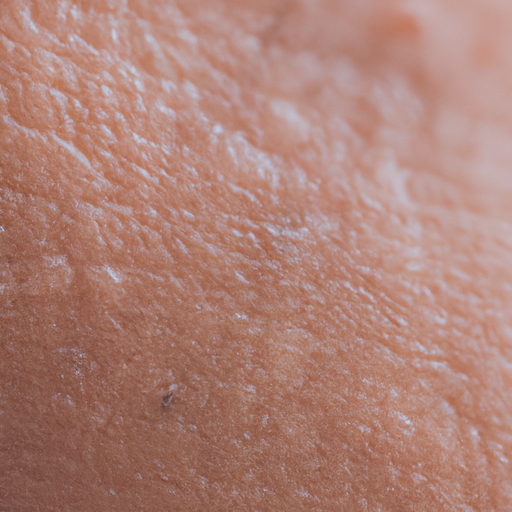As a dermatologist, one of the most common skin conditions I encounter is dry skin. Dry skin, or xerosis, can be a nuisance, causing discomfort and sometimes leading to more serious skin conditions. Understanding the causes, symptoms, and treatments for dry skin can help you manage this condition effectively.
Dry skin is characterized by a lack of the appropriate amount of water in the most superficial layer of the skin, the epidermis. This can lead to an uncomfortable tightness, especially after showering, bathing or swimming. The skin may appear rough rather than smooth, and may be accompanied by itching. In severe cases, cracks and fissures may develop, which can be painful and may bleed.
Several factors contribute to dry skin. Environmental factors such as low humidity levels, especially during winter when heating systems are often used, can dry out the skin. Over-washing or using harsh soaps can strip the skin of its natural oils, leading to dryness. Certain medical conditions like hypothyroidism, diabetes, and eczema can also cause dry skin.
The first step in treating dry skin is identifying the underlying cause. If an environmental factor is causing your dry skin, you may need to make some lifestyle changes. This could include using a humidifier in your home, avoiding hot showers and baths which can strip the skin of its natural oils, and using gentle, fragrance-free soaps.
Moisturizing is crucial in managing dry skin. After bathing or washing your hands, pat your skin dry with a towel and immediately apply a moisturizer to help trap water in the skin. Look for moisturizers that contain ingredients like hyaluronic acid and glycerin, which are humectants that attract moisture, and petrolatum and ceramides, which are emollients that help seal in moisture.
In some cases, over-the-counter treatments may not be enough. If your skin is extremely dry, you may need a prescription cream or ointment. Topical corticosteroids can help reduce inflammation and itching. If your dry skin is caused by a medical condition, treating that condition can help resolve your dry skin.
It’s important to remember that everyone’s skin is different, and what works for one person may not work for another. If you’re struggling with dry skin, don’t hesitate to seek professional help. A dermatologist can help identify the cause of your dry skin and develop a treatment plan tailored to your needs.
In conclusion, dry skin is a common condition that can often be managed with simple lifestyle changes and over-the-counter treatments. However, in more severe cases, professional help may be needed. By understanding the causes and treatments for dry skin, you can take steps to keep your skin healthy and hydrated.



